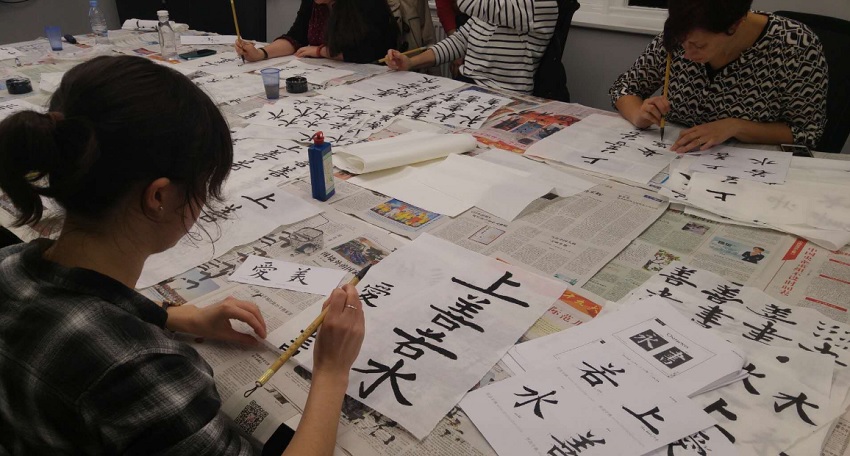
Turing was a computer scientist, mathematician, logician, cryptanalyst, philosopher, and arguably one of the greatest minds this country has seen. As you sit here and read this you can be thanking him- he was the inventor of modern computing- and without him, we would have no phones, laptops, internet, or basically anything. Just imagine, we might have had to sit in the dark every evening talking to each other and reading. The horror.
During the Second World War, Turing joined the British war effort by joining the government’s code-breaking department. The task was to break the Nazi cyphers used for communication which was commonly known as the Enigma Code. Turing and a team of mathematicians developed the new machine, the Bomme, which was capable of cracking the code on an industrial scale. I’m sure we’ve all seen the movie…
After the war, he developed the design for the first computer or the Automatic Computing Engine (ACE.) A pilot version of this computer was made in 1950. It was then that Turing moved up to Manchester to work at the University where electronic engineers had already demonstrated a very small stored-program computer.
It was here where his work took a turn towards the philosophical. The concept of the computer was to store and use information, much in the same way as the human brain, which bodes the question “Can computers think?”

This was the first time ‘Artificial Intelligence’ was ever brought into the modern scientific discourse and was utterly ground-breaking, something which is hard for us to understand with Siri in our pockets, Alexa in our homes and Sci-Fi on at the movies.
It was here he developed ‘The Imitation Game’ which tests a machines ability to exhibit ‘intelligent’ behaviour that would rival a person. Don’t worry; we don’t need to hide in a bunker and wait for the technological apocalypse- no machine has actually passed it…yet.
It is here where our story takes a turn for the worst. Although Turing was briefly engaged to a woman, he was, in fact, homosexual- something which was illegal until 1967. He was prosecuted after having an affair with a young man and treated severely.
Instead of prison, Turing opted for hormonal treatment, which was, in effect chemical castration. Two years later, he was found dead in his home from cyanide poisoning. It is widely believed that his death was a suicide.

The memorial statue was unveiled in 2001 on his birthday on June 23rd where it resides today in Sackville Gardens. He is depicted holding an apple- a long-standing symbol of education and learning.
He sits alone on a park bench, which is perhaps symbolic of his inherent loneliness and his position as an outcast in society. Behind him on the bench is a set of letters and numbers which are supposed to read “Founder of Computer Science” as it would be written in his infamous Enigma code.
This statue’s placement is certainly not an accident. As Turing was a pioneer in modern computing, mathematics and academia as a whole and a homosexual icon, this statue sits directly in-between University buildings and Canal Street. His placement here, alone on a bench, is perhaps symbolic of two parts of his life which are at last both celebrated.

So next time you are wondering through Sackville Gardens think of Alan Turning, and how glad he would be to see how far we have come regarding LGBT+ rights. I think I would show him my phone too- bet he never thought a computer would fit in a pocket.
